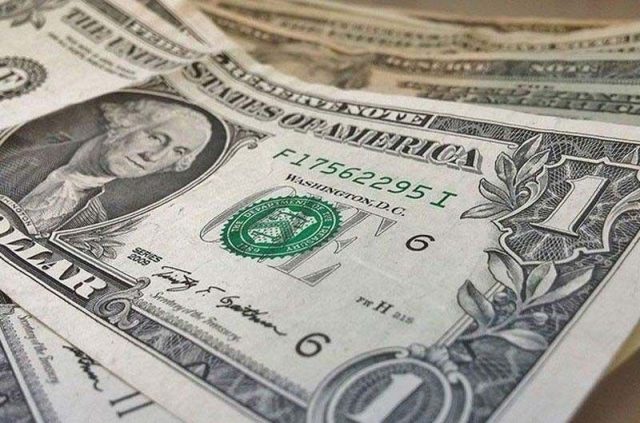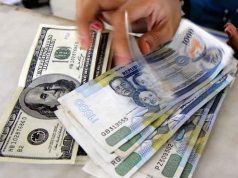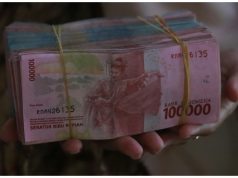- Singapore, Thailand stock markets gain 0.5%
- Currencies muted as dollar near 2-yr peak
- Indian rupee hits lifetime low
Emerging Asian stock markets rose on Tuesday and currencies struggled to gain ground against a stronger dollar as investors braced for fewer rate cuts by the Federal Reserve in the coming year.
MSCI’s broadest index of Asia-Pacific shares outside Japan <.MIAPJ0000PUS> rose up to 0.6%, tracking overnight gains on Wall Street. The MSCI index of international emerging markets equities <.MSCIEF> also rose 0.3%.
China stocks <.SSEC> were up 1.2% after Beijing said it will ramp up fiscal support for consumption next year. Meanwhile, sources told Reuters that China also plans to issue 3 trillion yuan worth of special treasury bonds.
Equities in Malaysia <.KLSE>, Singapore <.STI> and Thailand <.SETI> added between 0.3% and 0.6%.
Despite the strength in stock markets on Tuesday, Citi analysts suggested that positioning levels have remained relatively subdued in Asia, with most markets near neutral levels.
“The recent trend, however, remains consistent, with rising bearish flows, which has rapidly reduced net positioning,” the analysts said.
Aversion toward riskier Asian assets gained steam last week after Fed policymakers lowered their rate cut projections for 2025 to 50 basis points, from 100 basis points, and increased their inflation forecast.
Markets are now pricing in just about 35 basis points of easing for 2025. This has in turn sent U.S. Treasury yields surging, with the 10-year yield reaching its highest in nearly seven months overnight, and boosted the dollar near a two-year peak. [FRX/][US/]
Higher U.S. rates could lead to currency and capital flow problems for emerging markets. The dollar’s yield advantage could drive capital out of their markets while weakening their currencies, potentially spawning inflationary pressures and market volatility.
The Indonesian rupiah <IDR=> was last down 0.2%, still at the 16,200 per dollar level, and the Chinese yuan <CNY=CFXS> was near a 13-month low.
The Indian rupee <INR=IN> dropped to its all-time low and traders suggested the Indian central bank was likely selling dollars to limit losses.
The South Korean won <KRW=KFTC> fell 0.4%, after hitting its weakest level in 15 years last week.
The Malaysian ringgit <MYR=>, the best performing currency in Asia this year, was largely flat, while the Thai baht <THB=TH> rose 0.4% to turn to a marginal year-to-date gain.
Jeff Ng, head of Asia Macro Strategy at Sumitomo Mitsui Banking Corporation, said the won and the Philippine peso <PHP=> may be relatively more vulnerable to dollar strength in the near term.
Thailand’s economic growth may improve in the latter half of 2025, helping with slight baht rebounds, he said.
Markets in the Philippines were closed for a holiday.
HIGHLIGHTS:
** South Korea consumer sentiment weakest since 2022 on political uncertainty
** BOJ debated need for caution in raising rates, Oct minutes show
| Asian stocks and currencies at 0658 GMT | ||||||
| COUNTRY | FX RIC | FX DAILY % | FX YTD % | INDEX | STOCKS DAILY % | STOCKS YTD % |
| Japan | <JPY=> | +0.04 | -10.21 | <.N225> | -0.32 | 16.65 |
| China | <CNY=CFXS> | -0.03 | -2.76 | <.SSEC> | 1.18 | 13.98 |
| India | <INR=IN> | -0.07 | -2.32 | <.NSEI> | 0.17 | 9.49 |
| Indonesia | <IDR=> | -0.22 | -5.00 | <.JKSE> | -0.27 | -2.69 |
| Malaysia | <MYR=> | -0.02 | +2.27 | <.KLSE> | 0.28 | 10.03 |
| Philippines | <PHP=> | – | -5.24 | <.PSI> | – | 1.32 |
| S.Korea | <KRW=KFTC> | -0.38 | -11.56 | <.KS11> | -0.06 | -8.09 |
| Singapore | <SGD=> | -0.08 | -2.90 | <.STI> | 0.46 | 16.33 |
| Taiwan | <TWD=TP> | +0.06 | -5.92 | <.TWII> | 0.07 | 28.94 |
| Thailand | <THB=TH> | +0.37 | +0.03 | <.SETI> | 0.64 | -1.42 |








